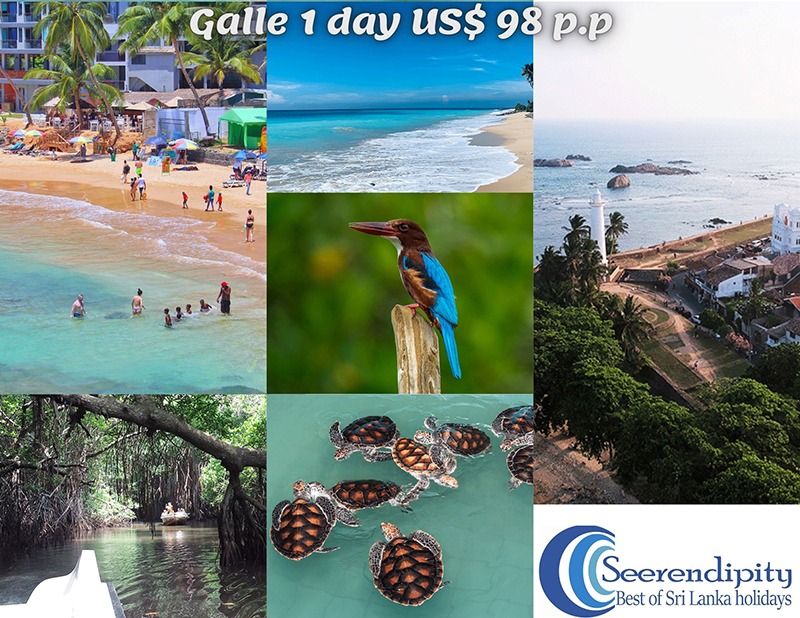Galle Fort Sri Lanka
Table of Contents
- What is Galle Fort Sri Lanka?
- Galle Fort Sri Lanka
- How big is Galle Fort?
- Galle Sri Lanka
- Where is Galle Fort?
- 8 Important places to visit on the Galle tour
- How to visit Galle?
- Galle Fort as a holiday destination
- Galle Fort as a tourist attraction
- What is the Importance of Galle Fort?
- The beginning of Galle Fort
- Galle Fort during the Dutch rule
- Dutch Fort was taken over by the British
- What to see in Galle Fort?
- Ramayana and Galle
- Rumassala
- Ancient seaport Tarshish, is it the Galle harbour?
- The landing of Lorenzo De Almeida in Galle
- Dutch Fort considered being the best-preserved fortified city built by European colonial powers in Asia
- Galle is a major tourist attraction in Southern Sri Lanka
- Do we need to pay Entrance fees to Galle Fort?
- What time opens the Galle Fort?
- Galle Fort walking tour
What is Galle Fort Sri Lanka?
Galle Fort is a city built by the Portuguese in 1505 and expanded and upgraded by Dutch in 1656.
Galle Fort Sri Lanka
According to James Emerson Tennent, Galle was the ancient seaport of Tarshish, from which King Solomon drew ivory, peacocks and other valuables. Cinnamon was exported from Sri Lanka as early as 1400 BC and the root of the word itself is Hebrew, so Galle may have been a main seaport for the spices.
Galle is only 1 hour away from Colombo on the southern expressway, Galle is one of the most populated cities in southern Sri Lanka and it is one of the most popular destinations for tourists. Galle is a multi-faceted holiday destination with pristine beaches, patches of forests, lakes, rivers, diving, snorkelling sites and water sports centres. Taking a venturing on Sri Lanka’s south coast tour is the best way to venture into this fascinating tourist attraction.
The Galle Fort, sandwiched between the Indian Ocean and the most picturesque cricket stadium in the world (Galle Cricket Stadium), which is the best-preserved colonial fort in Asia, is filled with 18th-century Dutch architecture, and is a UNESCO world heritage site. The mediaeval city is protected by a huge granite wall and thousands of Dutch-built mansions, and the houses are well maintained and serve hundreds of thousands of travellers every day. Most of the construction in the fort has been converted to shops, dormitories, galleries, museums, pubs, and hotels.
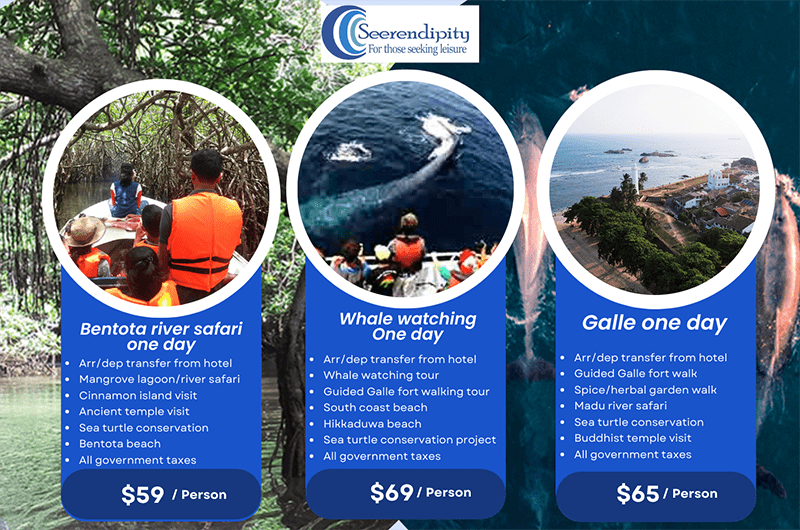
How big is Galle Fort?
Galle Fort spreads over an area of 52 hectares (130 acres).
Galle Sri Lanka
Galle Sri Lanka is one of the fascinating cities and it has a vibrant history dating back to the pre-Christian era. It offers a wealth of history, nature, and culture best of all pristine palm-fringed beaches! Galle Sri Lanka is popular for warm, friendly, and hospitable people. From amazing rainforests and marine reserves to colonial palaces with Dutch colonial heritage, Galle Sri Lanka offers a large number of tourist attractions to suit every traveller and every budget. Galle being a major city in southern Sri Lanka offers plenty of opportunities for shoppers too.
Galle Fort like the Jaffna fort in northern Sri Lanka is an archaeological masterpiece, and archaeologists highly adorn the unique architecture of the Fort. The “horseshoe” shaped windows and steep roofs with big verandah like the one you will see at Wolvendaal church of Galle are some of the architectural highlights of the region. Also worth noting are the ornate facades, amazing masks, delicate figures, and intricate designs that adorn many of the buildings.
Where is Galle Fort?
Galle is a beautiful city in southern Sri Lanka which is 118 KM south of the Commercial capital (Colombo) of the island. Galle is been considered an important historical city and is declared a UNESCO world heritage site, owing to the presence of Galle Fort. This historical city is located bordering the beautiful beaches of southern Sri Lanka. Therefore Galle is popular not only among local travellers but also among foreigners and the Galle tour is an important tour to most travellers. Today, Galle can be described as the single most important tourist attraction and part of almost every Sri Lanka tour itinerary.
8 Important places to visit on the Galle tour
- The Dutch Reformed Church Galle
- Things to see in Galle
- 8 one-day outing places in Galle for a day tour
- Galle Lighthouse
- From Bentota to Galle and Colombo to Galle
- Bentota To Galle Day Tour
- Galle Sri Lanka With Old-world Charm And Palm Fringed Beaches
- What To See in Galle On A Galle Sightseeing Tour
How to visit Galle?
Galle is one of the easiest tourist places to visit from Colombo due to the newly built southern expressway. It has become very easy to visit Galle from Colombo using the highway and it takes just a one-hour drive from Colombo. A large number of Sri Lanka tour operators such as Seerendipity tours organize one-day trips to Galle from Colombo and beach resorts on daily basis. Most of these Galle day tours not only give you the opportunity to explore Galle but also dozens of other interesting places that you encounter during the drive from Colombo to Galle.
Galle Fort as a holiday destination
Just like most other beach holiday destinations in Sri Lanka, Galle Sri Lanka also offers a number of tours within the city and outside. If you find it difficult to organize the Sri Lanka tours on your own, you can seek the help of Seerendipity tours. We regularly offer trips to Galle Sri Lanka and to most other tourist attractions in Sri Lanka. Taking part in a tour to Galle Sri Lanka allows you to see the typical southern Sri Lankan culture, introducing you to traditional customs, costumes, foods, literature, art and crafts, and another typical movement of the people of Galle.
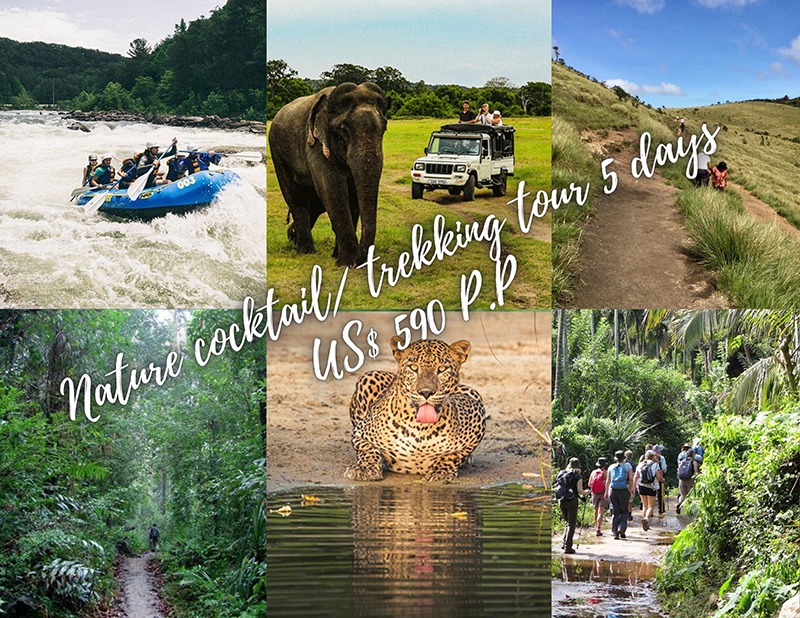
Galle Fort as a tourist attraction
The Fort is the most historical part of the city, which is a part of every Galle day tour. The fort is located towards the picturesque, western flank of Sri Lankan southern province, surrounded by the sea from three sides and opening to the mainland on one side, the medieval fortress of Galle rises more than a dozen of meters from the sandy beaches like a golden castle. Built beginning in 1505, the land-filled citadel stands guard atop the highest spot between Galle city and the beach.
The Dutch Fort is the most important tourist attraction in Galle Sri Lanka and this iconic tourist attraction is included in most Sri Lanka tour holidays. The cobblestone pathways are lined with whitewashed Dutch styles shops, houses, museums, galleries, and boutique hotels. A few places on earth can match the beautiful settings of this colonial walled city. But this UNESCO world heritage site is about much more than colonial charm and Dutch architecture.
What is the Importance of Galle Fort?
Galle Fort is the best preserved Dutch fort in the whole South Asian region. The high-rise wall of the fort demarcates the older part of Galle city. The fort is built on a headland of which three sides are surrounded by the Indian Ocean. The rampart of the Galle Fort is measured to be more than 2.5 km long and attracts thousands of foreigners as well as local people. People are using the rampart for evening walks while enjoying the nice view and soothing breeze of the Indian Ocean.
Galle has been a popular trade emporium in the Orient since the dawn of commerce. Galle is not only significant for Sri Lankan commerce but also for the history of Sri Lanka. According to the old testament, Galle harbour was the port (Tarshish), where King Solomon drew valuables such as gems. Other than the historical reasons and economical background Dutch fort is the most important single factor, which made the city a UNESCO world heritage site. Dutch fort is dating back to the 15s and showcases typical Old Dutch architecture and urban planning.
The beginning of Galle Fort
The beginning of the fort is attributed to the Portuguese arrival in 1505. A fleet of Portuguese fleet led by Lorenzo De Almeida, which was heading to the Maldives, was blown off by heavy wind and accidentally landed in Galle. Later in 1587, the thriving trading port of Galle was forcefully taken over by the Portuguese and restricting the access of the Kandyan kings to the maritime region.
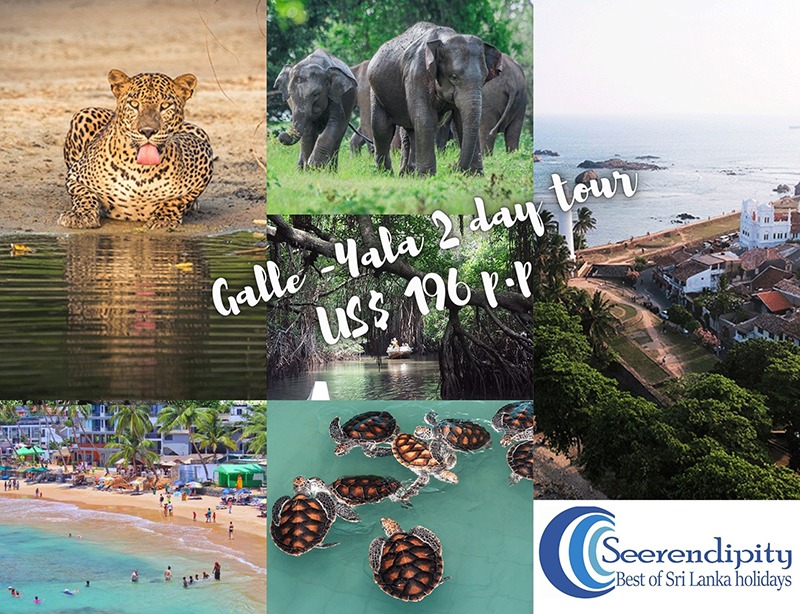
Galle Fort during the Dutch rule
After the arrival of the Dutch colonial rulers, the fort was expanded to its present size. A large number of constructions were added to the city with a sophisticated underground sewer drainage system. Most of the old constructions are still in good condition and being used for the last several centuries.
Even though the Galle fort was occupied by the English in the 1800s, it was the Dutch, who made the strongest impact on Galle town, Galle Fort, harbour, and the people of the area. The town and Fort still retain the Old Dutch characteristics, Dutch architecture, names, and streets are almost not changed since they were first constructed. Leyn Baan Street (Lijnbaan meaning rope walk in Dutch), Lighthouse street (Zeeburg Street), and Great and Small Modarabaay Streets (Modderbaai) are some of the popular names of the Streets of the fort.
Dutch Fort was taken over by the British
The Dutch fort was taken over by the British in 1796. The fort was slightly changed by the British and they added a new entrance to the fort. British administration was more concentrated on Colombo than Galle; therefore the Dutch fort was largely neglected by the British administration. Due to this reason, the city remained with typical Dutch monuments throughout the British administration. Even today it is regarded as a significant monument from the Dutch Era. At present, the fort is under the purview of the archaeological department and the Galle heritage foundation.
What to see in Galle Fort?
- The Ramparts
- National Museum of Galle
- National Maritime Museum
- All Saint’s Church
- The Dutch Reformed Church
- Galle Natural Harbour
- Old Lighthouse
- The English Gate was built by the British in 1873
- The Dutch gate where the British Court of Arms is seen carved on the outer side and the VOC monogram on the inside of the stonework
- The Dutch prison, Dutch houses
- The Dutch factory and hospital that has now been converted into a government office.
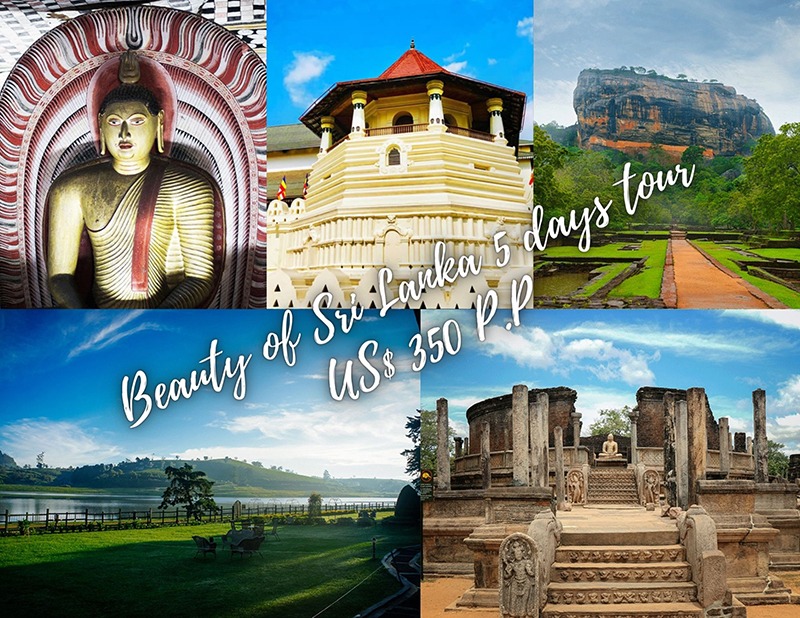
Ramayana and Galle
According to the historical evidence; the history of the city goes back to the Pre-Christian era. The first historical event of the city is related to Ramayana. The greater part of Sri Lanka is said in the Ramayana to have been submerged in the sea, and the Great Bases Lighthouse, which stands out on a solitary rock in the southeast sea of the island, is still called Ravana’s fort.
Rumassala
Rumassala forest, which is located southern border of the city, came to be a result of the Rama-Rawana war. When Laxmana was wounded in the war against Ravana, Rama ordered Hanuman (Monkey God) to fetch some medicine from the Himalayas. As Hanuman forgot the names of the herbs, he snatched a part of Himalaya and flew back to the island. Today Rumassala is considered to be a piece of the mountain that he fetched from India.
Ancient seaport Tarshish, is it the Galle harbour?
According to James Emerson Tennent, Galle was the ancient seaport of Tarshish, from which King Solomon drew ivory, peacocks, and other valuables. Cinnamon was exported from Sri Lanka as early as 1400 BC and the root of the word itself is Hebrew, so Galle may have been a main seaport for the spices. It had been an important trading port in the east, where a lot of merchants flocked in to exchange goods. Galle harbour had been an important foreign exchange earner for the country in the early days in the form of tax. It is said kings levied huge taxes on the merchant ships, which were harboured in Galle.
The landing of Lorenzo De Almeida in Galle
When the Portuguese merchant ship led by Lorenzo de Almeida landed accidentally in 1505, they were amazed to see the thriving port and the trading activities in the city. The Galle name is derived from the Portuguese word Gallus, as the story conveys, a Portuguese ship was caught in a storm and drifting in the ocean before it landed in southern Sri Lanka. As the ship was nearing the land they heard a Cock from the land and one shouted “Gallus Gallus”, later on, the word Gallus became Galle as it is called today.
Dutch Fort considered being the best-preserved fortified city built by European colonial powers in Asia
Galle Dutch Fort UNESCO world heritage site is the best-preserved fortified city built by European colonial powers in Asia. As the Portuguese controlled the maritime region of the island they took the initiative of the Galle Fort.
Initially, it had been a small fortification occupied by a small number of soldiers. As the Dutch rulers took over the control of the maritime region they expanded the Galle fort making it the biggest fort in the country. They converted the fort into a well-formed city with all the facilities. Still, most of the buildings are in typical Dutch architecture, while the names of streets, houses, and other buildings are in the typical Dutch language. Under British rule, no remarkable changes were done to the fort.
Galle is a major tourist attraction in Southern Sri Lanka
Today it is one of the major attractions in southern Sri Lanka with a lot of cultural and historical value. Dutch fort houses many churches, temples, as well as other religious buildings. One encounters a lot of souvenir shops, textile shops, jewellery shops, museums, and street vendors in the fort. It can be busy in the fort particularly in the evening and at weekends while locals are coming to enjoy the nice, calm, peaceful environment with the old charm.
Do we need to pay Entrance fees to Galle Fort?
No entrance at Galle Fort. Falle fort is under the supervision of the archaeological department and the Galle municipal council. It is one of the highly residential areas in Galle. However, it attracts many thousands of tourists every day due to its historical importance and architectural importance. Despite its popularity and importance none of the visitors is required to spend money to enter the Fort. However, few tourist attractions located within the Fort, such as the maritime museum demand your money to allow access. None of the visitors is charged for entering Galle fort and most of the important tourist attractions located in the Fort are also free of charge. However, there are only a few tourist attractions in the Fort such as Galle maritime museum where you are required to purchase an entrance ticket.
What time opens the Galle Fort?
Galle Fort is open 24 hours a day. You might be wondering what time to visit the Galle Fort, the answer is there is no particular time to visit Galle Fort. We receive many emails from travellers asking if there is any particular time of the day for visiting Galle fort. The answer is the Fort is open 24 hours a day. There are no regulations pertaining to the visiting hours of Galle Fort and the fort is open at any time of the day. However, for those who want to see this beautiful colonial city, I recommend it from 08.00 to 17.00. During the day hotels, restaurants, bars cafes, shops, galleries, and museums are open. It is easy to walk along the rampart during the daytime.
Galle Fort walking tour
Galle walking tour invariably means the Galle fort walking tour because Galle fort is the most important tourist attraction in the city and the rest of the city has the typical characteristics of a busy city. The Galle Fort walking tour may last from 30 minutes to many hours depending on your interest in exploring the attractions of Galle Fort.
There is a labyrinthine cobbled street in the Fort and they are lined up with hundreds of thousands of Dutch-built buildings. Some of the buildings are more than 200 years old and still in very good shape. Some of the buildings are converted into museums, libraries, shops, and hotels allowing the guests to spend some time buying various artefacts, souvenirs, clothes, gems, and jewellery as well as sampling delicious Sri Lankan food.


